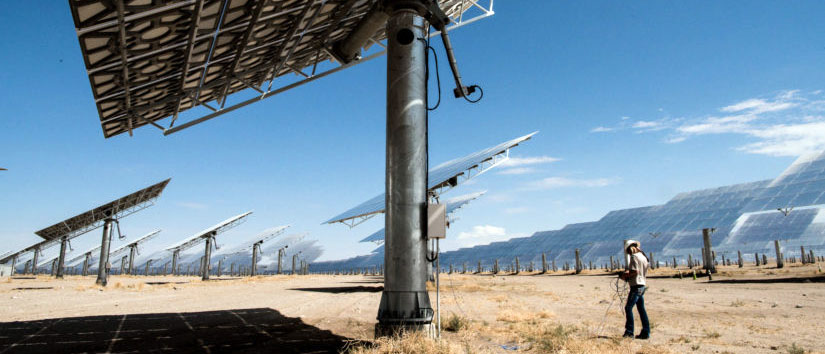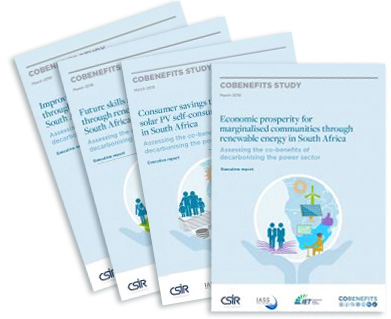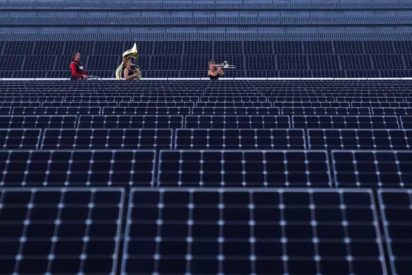
COBENEFITS Studies in Mexico

Increasing the Social Performance of Renewable Energy Projects for Communities in Mexico
Main study results
The studies show how the implementation of renewable energy resources can have a positive impact on job creation and energy efficiency.
Job creation
The use of renewable energies can lead to additional employment opportunities and capacity-building. By fully implementing the objectives established in the Energy Transition Law, Mexico will create more than 375,000 direct and indirect job-years by 2030 and more than 1 million direct and indirect job-years by 2050.
In the construction phase, all renewable energy technologies outperform fossil energy generation technologies. Particularly wind power, with over 21 job-years per MW installed and photovoltaic distributed generation (PVDG) with around 9.5 job-years per MW installed, compared to 5.5 job-years for coal-fired and 1 job-year for gas-fired.
Energy efficiency
Given their substantial potential for the mitigation of greenhouse gases (GHG), public buildings can play a significant role in the national mitigation strategy. Public buildings could become models for energy and cost savings, motivating further initiatives among private owners of buildings. A significant reduction in the carbon footprint of public buildings is economically viable. The total potential for the mitigation of GHG in hospitals and public schools, based on the adaptation of energy efficiency measures combined with individual generation of solar energy, amounts to more than 1.8 million tCO2e per year.
Public hospitals in Mexico can save more than 900 million pesos (US $47 million) a year by implementing mid-level energy efficiency measures such as motion detectors for lighting, and increased use of sunscreens for buildings in order to reduce the demand for cooling. Public schools in Mexico could save more than 2 billion pesos (105 million USD) a year by implementing mid-level energy efficiency measures such as motion detectors for lighting, and high-efficiency air conditioning systems.
COBENEFITS Mexico factsheets and briefings
COP briefing: Documento informativo de los avances de co-beneficios en la COP24 (2019)
COBENEFITS Focal Point in Mexico
The reports have been implemented through the project CONECC: Enhancing the Coherence of Climate and Energy Policies in Mexico of the Deutsche Gesellschaft für Internationale Zusammenarbeit (GIZ) GmbH.






